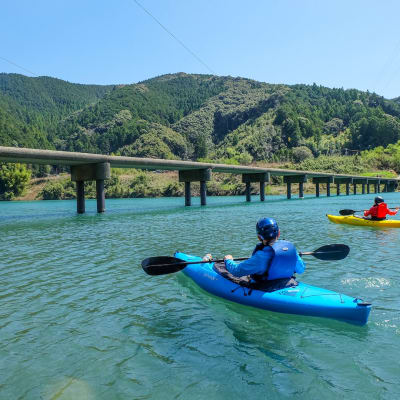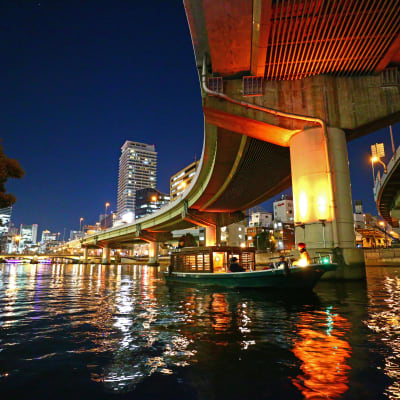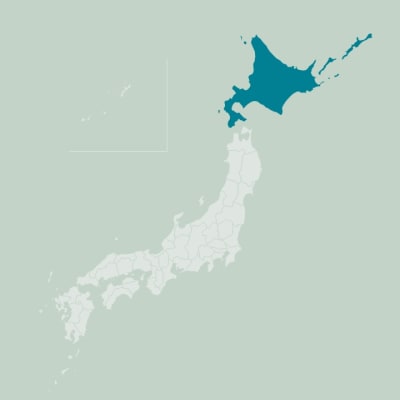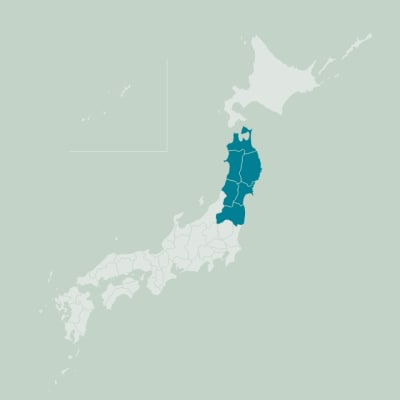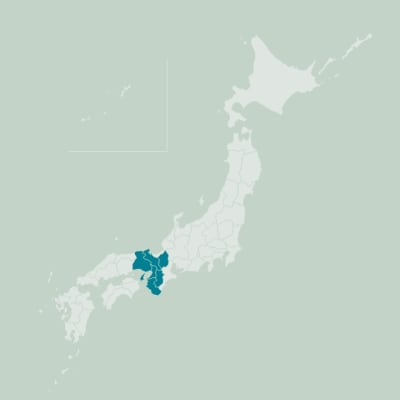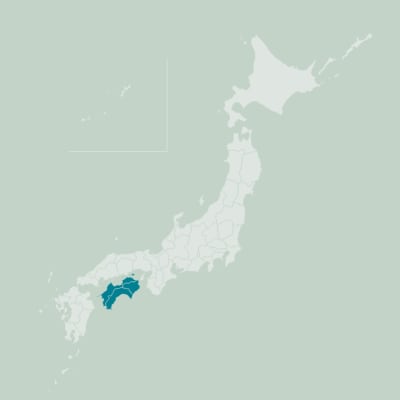©kakurinbo
Find Spiritual Solace Close to Mt. Fuji
Stay at a historic temple lodging
Nestled in the forested foothills of Mt. Fuji is Minobusan, a seemingly typical village that has gained prominence as home to Kuon-ji temple, the seat of Nichiren Shū Buddhism. Minobusan has been a destination for pilgrims and clergy ever since the imposing temple was founded here some 750 years ago.
To accommodate these visitors, temple lodgings known as shukubo were established, and many of them remain in business today. One is Kakurinbo, a residence built in the 15th century that has gained a reputation for its warm welcome and authentic atmosphere.
Guests arriving at Kakurinbo immediately know this is no ordinary accommodation. The ornate entrance leads through to a tatami-mat corridor hung with genuine wedding kimonos. Some of the second-floor guestrooms look out over Kakurinbo’s shinji-ike traditional garden, recognized as a local cultural asset.
Guests can enjoy Kakurinbo’s celebrated fusion of shojin ryori Buddhist cuisine and multi-course kaiseki dinner. Meals are predominantly vegetarian and make full use of locally sourced produce, such as freshly made yuba (bean curd sheets) and Akebono soybeans. The extensive drink list includes Yamanashi’s celebrated wines, sake, and Kakurinbo’s very own Temple Beer.
Oeshiki, a cacophonous annual parade of drumming and chanting, takes place only in October, but guests can enjoy a taste of Oeshiki almost every evening. After dinner, small drums are handed out and guests are encouraged to pound out festival rhythms as Kakurinbo’s junior priest tosses a deceptively heavy matoi, a traditional fire flag that is a key Oeshiki element.
A two-night stay at Kakurinbo is ideal for fully experiencing the many cultural opportunities available. These include trying your hand at kintsugi or calligraphy, making traditional washi paper and personalized stamps, taking part in a tea ceremony, and sutra copying and chanting.
Guests should experience morning prayers at Kuon-ji, a 15-minute uphill walk away. The prayers begin at 5:30 or 6:00 am, depending on the time of year, and last for about 40 minutes.
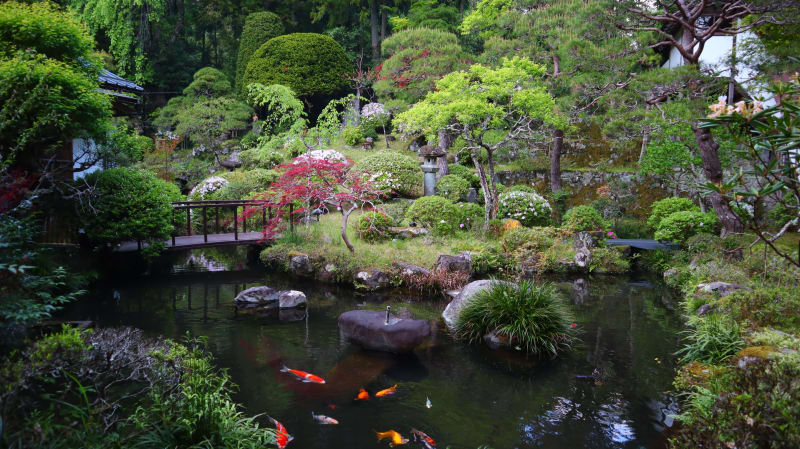
The return to Kuon-ji is via the “steps of enlightenment,” 287 stone steps that start at the imposing Sanmon gate and are lined by towering cedar trees. Next door is the Minobusan Ropeway, a cable car ferrying passengers to the summit of Mt. Minobu. When the skies are clear, there are spectacular views of Mt. Fuji and the surrounding foothills.
After lunch at Kakurinbo, take a spin on an e-bike, the ideal way to discover Minobusan’s hilly back roads. Later, soothe your tired muscles in one of Kakurinbo’s two wine-salt-infused baths. Bathing is private and based on a 30-minute time slot system.
Finally, try on Kakurinbo’s 13 gorgeous wedding kimonos and take photos that are sure to become lasting memories of your time spent in this fascinating corner of Japan.
Reservations: Please note that Kakurinbo is a small, family-run accommodation with a limited number of rooms. Early reservations are recommended.
Access: From /Tokyo Station, take any JR Chuo Line Limited Express train to Kofu (about one hour 30 minutes to two hours), then change to the JR Minobu Line to Minobu Station (55 minutes to one hour 30 minutes) and catch a taxi to Kakurinbo.
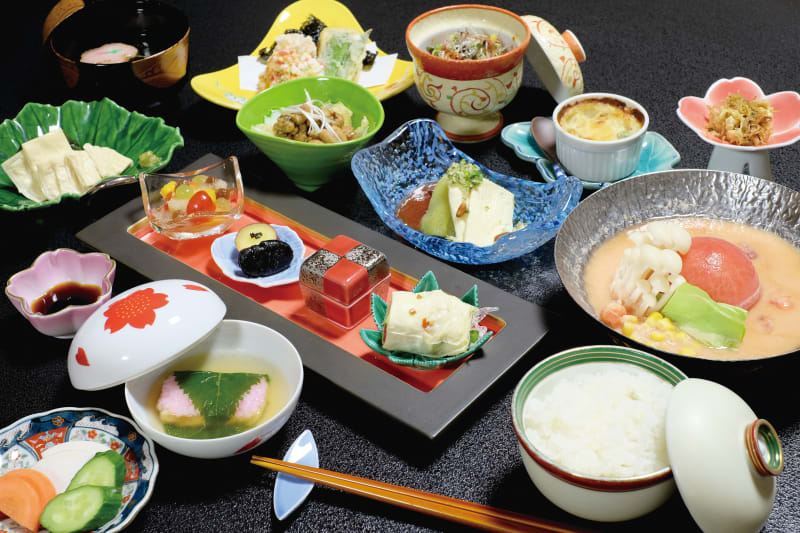
Minobu-cho Minobu Shukubo Gyogakuin Kakurinbo
| Address |
3510 Minobu, Minobu-cho, Minamikoma-gun, Yamanashi-ken |
|---|---|
| Duration |
1 night, 2 days or more |
| URL |





























































